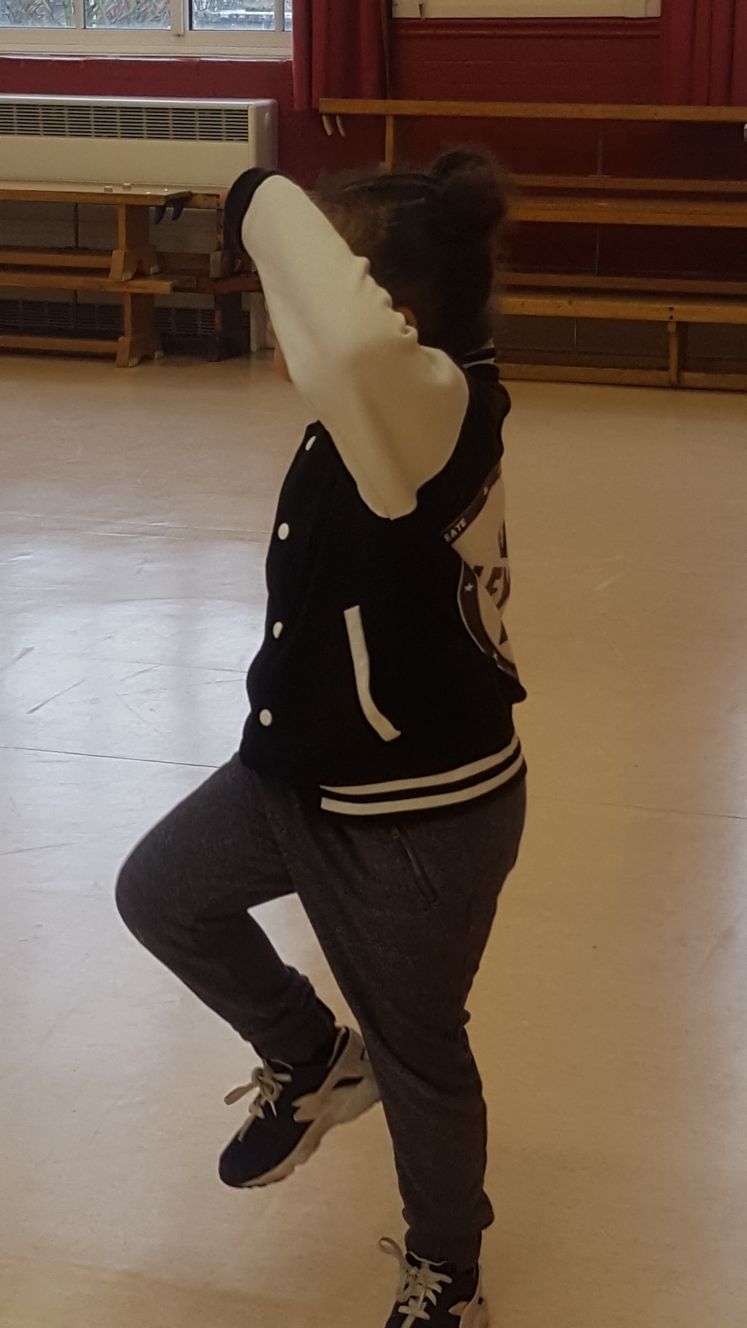Musicality is one of the most important aspects of dancing. It helps an otherwise good dancer (who has good technique, stage presence and style) elevate to an extraordinary dancer.
Musicality in dance has two main components. Receptivity and Creativity.
Musical receptivity is the ability to receive, comprehend, be sensitive to, and have a working knowledge of musical concepts like rhythm, tempo, phrasing, and even mood.
Musical creativity (or musical artistry) is the ability to connect with accompanying music, interpret it, or phrase and add movement dynamics that relate to music even in the absence of accompaniment, in a way that is unique or interesting.
Musicality in dance then might be considered a measure or degree to which a dancer is receptive and creative in their translation or rendering of music through movement. It is a key ingredient in a dancer’s display of artistry. Often you will watch a dancer and it looks like they are creating the music with their body/movement. This is good musicality!
To help you understand rhythm, phrasing and how to listen to music, we have explained some key basic musicality points below.
What is an 8-count?
In street dance (and other dance styles) we use the 8-count to break down the timing and structure of the music. Often when you learn a piece of choreography, the teacher/choreographer will count in 8s. This helps everybody to know what count a certain movement is on.
For example the teacher might want you to do jump on “7” so you would count “1, 2, 3 , 4 , 5 , 6, JUMP, 8”
In addition to this, in between each number we have “and” counts, which can be split even further to go something like this; “1 and 2 and 3-e-and-a 4 and 5 and 6 and 7 and a 8”
What are those sounds in music called?
So we know what the 8-count is and how to use it, but music doesn’t count, there are sounds in replacement of those numbers! Here are some of the sounds you might hear when listening to music:
Kick
- The kick is a low percussion sound created by the bass drum
- Kicks can take place on any whole number (1, 2, 3, 4, 5, 6, 7, 8)
- The kick usually has a “boom” sound
- Sometimes people mistakenly call a “kick” a “bass”
Snare
- The snare is the sharp, staccato percussion sound you hear, like a “clap” or “Tat” or “Ka”
- Snares usually take place on even counts (2, 4, 6, 8)
Hi-Hat
- A hi-hat is a percussion sound produced by a hi- hat cymbal and has a “tss tss” sound
- Hi-Hats usually take place on the “and” counts between round numbers
Bass
- The bass is the lowest of the standard four voice ranges (bass, tenor, alto, soprano), or, the lowest melodic line in a musical composition, that supports the harmony
- String instruments usually produce the bass sound however percussion, voice and wind instruments, as well as electronic synthesisers can also produce a bass sound.
- A bass sound is different to a kick sound.
Lyrics
- The words that the singer is singing
- The lyrics are probably the easiest to distinguish, but hardest to count / dance to, since vocals don’t always match the strict structure of 8-counts
- Sometimes, choreographers will make moves that correlate with the lyrics, like miming actions or using certain body parts
Synth
- A sound synthesizer produces electric signals converted to sound through amps and loudspeakers
- A common reference to a synth is the synth piano, which may sound like a long, slow bass, “wobba wobba”
Strings
- Guitars, violins, etc all belong to the family of string instruments
- Guitar strums and melodies will be found more in instrumental / acoustic songs
Keyboard/Piano
- The piano sounds will also accent, or set the melody/harmony of the song.
You’ll discover different combinations of different sounds in layers and layers of any song.
Get used to listening to a range of genres and dissecting music so that you can name which sounds are what! You’ll start to see patterns of sounds as you keep studying a song.
Maybe there’s a kick on each odd count, and a snare on every even count – “boom tat, boom tat” maybe you hear an underlying bass guitar which comes in after every 4 eights, a keyboard melody?
Paying attention to those patterns will get you even more fluent with dance musicality.

